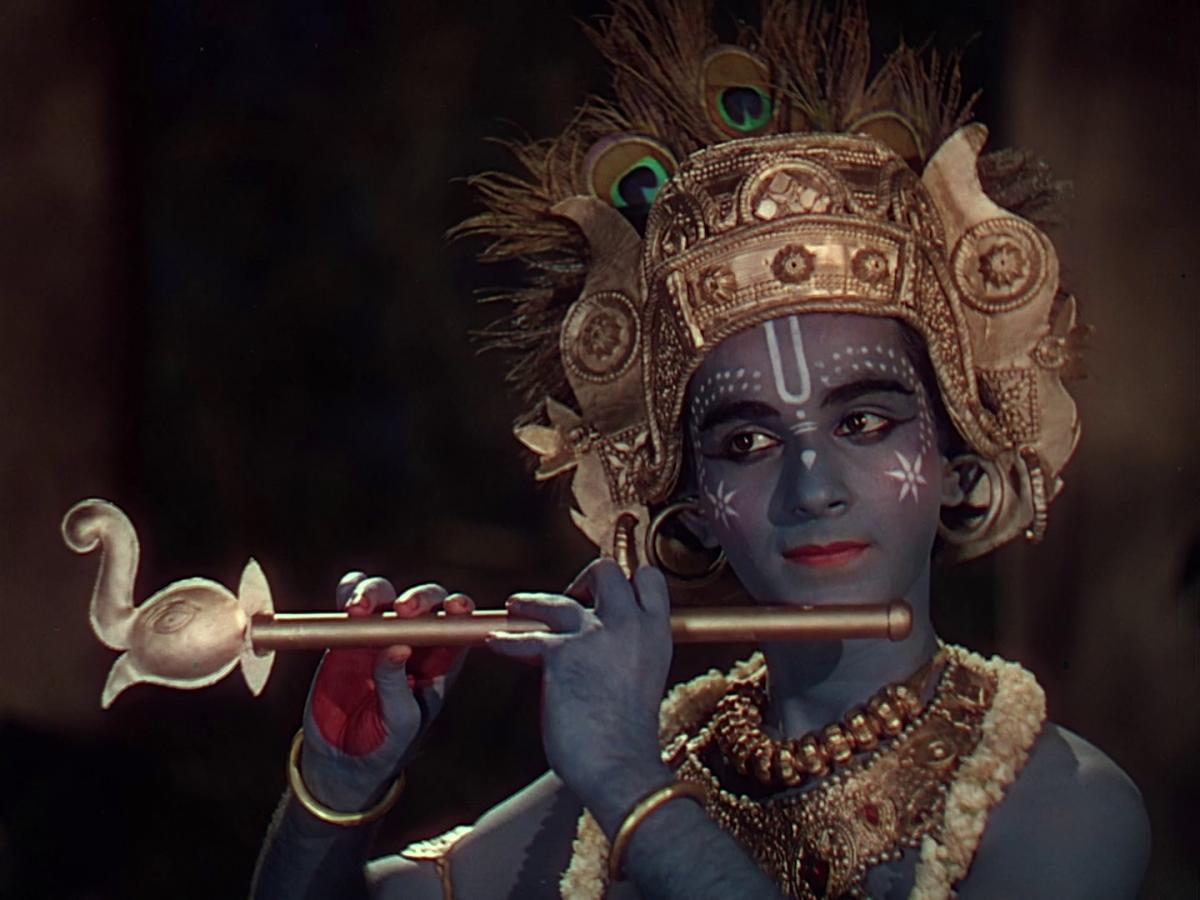The Birth of Colour
Jean Renoir’s The River
On the occasion of Éditions Macula’s recent edition of the collected works of André Bazin (1918-1958), Sabzian will publish nine texts written by the French film critic between 1947 and 1957, both in the original French version and the Dutch and English translations. Bazin is sometimes called “the inventor of film criticism”. Entire generations of film critics and filmmakers, especially those associated with the Nouvelle Vague, are indebted to his writings on film. Bazin wasn’t a critic in the classical sense. François Truffaut regarded him as an “écrivain de cinéma” [“cinema writer”], who sought to describe films rather than judge them. For Jean-Luc Godard, Bazin was a “filmmaker who did not make films but who made cinema by talking about it, like a pedlar”. In the preface to Bazin’s What Is Cinema?, Jean Renoir went one step further by describing Bazin as the one who “gave the patent or royalty to the cinema just as the poets of the past had crowned their kings”. Bazin began writing about film in 1943 and founded the legendary film magazine Cahiers du Cinéma in 1951, alongside Jacques Doniol-Valcroze and Joseph-Marie Lo Duca. He was known for his plea for realism as a crucial cinema operator. Film opens a “window on the world”, according to Bazin. His writings would also be important for the development of the auteur theory. He was an editor of Cahiers until his death.

Jean Renoir was unquestionably our greatest director. The past tense that has just flown out of my pen here does not mean – thank God! – that Renoir has passed away, only that he is no longer ours. Indeed, the director of La Grande Illusion and The Rules of the Game left for America during the Occupation. He has been living there for ten years. All those who loved and admired Renoir were upset about this exile. Hollywood is not exactly known for fostering the development of European talent, rather for neutralizing it. The son of the great painter Auguste Renoir seemed even less than others cut out for production line work, for Hollywood’s tyrannical standardization. Away from French soil, the “Frenchest” among our directors would lose his strength and inspiration, like a new Antaeus.
For many, his American films seemed to confirm just that, with the exception of The Southerner.
If our critical faculty had not been obscured by nationalist prejudice, this “exception” could have sufficed to prove that Renoir was not lost. Today, he masterfully demonstrates this in The River, based on an English novel that is as far removed from France as it is from California.
Recounting The River is nearly impossible; “so little” is happening. Somewhere along the banks of the Ganges, two English families and three girls: two white girls and one of mixed race. A young American appears, a wounded war hero. Of course, all three adolescents will love him in their own way. Renoir is telling us the story of the birth of love in the hearts of three future women, destined for very different futures due to their education and race, and he does so with the delicacy, finesse and reserve of the most subtle psychological novel. Nothing happens: one day, Prince Charming leaves via the river he came by. And yet everything has slightly changed; the touch of love has opened a new world.
In this simple story without bumps or dramatic turns, smooth and slow as the serene flow of the river, Renoir has managed to closely combine the landscape with the fate of his protagonists. A pantheistic and deeply spiritual harmony unites the characters with the universe. Perhaps the public will be surprised by this simplicity, by the decision to eliminate any dramatic effect and to address our hearts and minds with intimate discretion; perhaps The River will be as misunderstood, in its own way, as The Rules of the Game. But it is no less a masterpiece for it, whose place within the pantheon of cinema has already been established.
But I am pretending to imagine the worst. The public will not be able to resist the penetrating charm, which completely wins you over. They will marvel at the most beautiful colour film ever made, almost “the first one”, one could say. The work of cameraman Claude Renoir is worthy of his previous work with Jean in every respect. Colour film is finally born! True colour film! And, in one fell swoop, it erases even our memory of black-and-white film, as sound-film did to silent images.




This text was originally published as ‘Naissance de la couleur. Le fleuve de Jean Renoir’ in Le Parisien libéré, no. 2262 (21 December 1951) and recently in Hervé Joubert-Laurencin, ed., André Bazin. Écrits complets (Paris: Macula, 2018).
With thanks to Yan Le Borgne.
© Éditions Macula, 2018